The lift check valve in an air compressor is an essential part that can be found in every compressor out there. They are one-way or non-passing valves where anything that passes through these valves can only move in one direction.
The number of check valves may vary depending on the make, type, size, and model of the air compressor. Some air compressors can have up to 5 check valves as per their requirements.
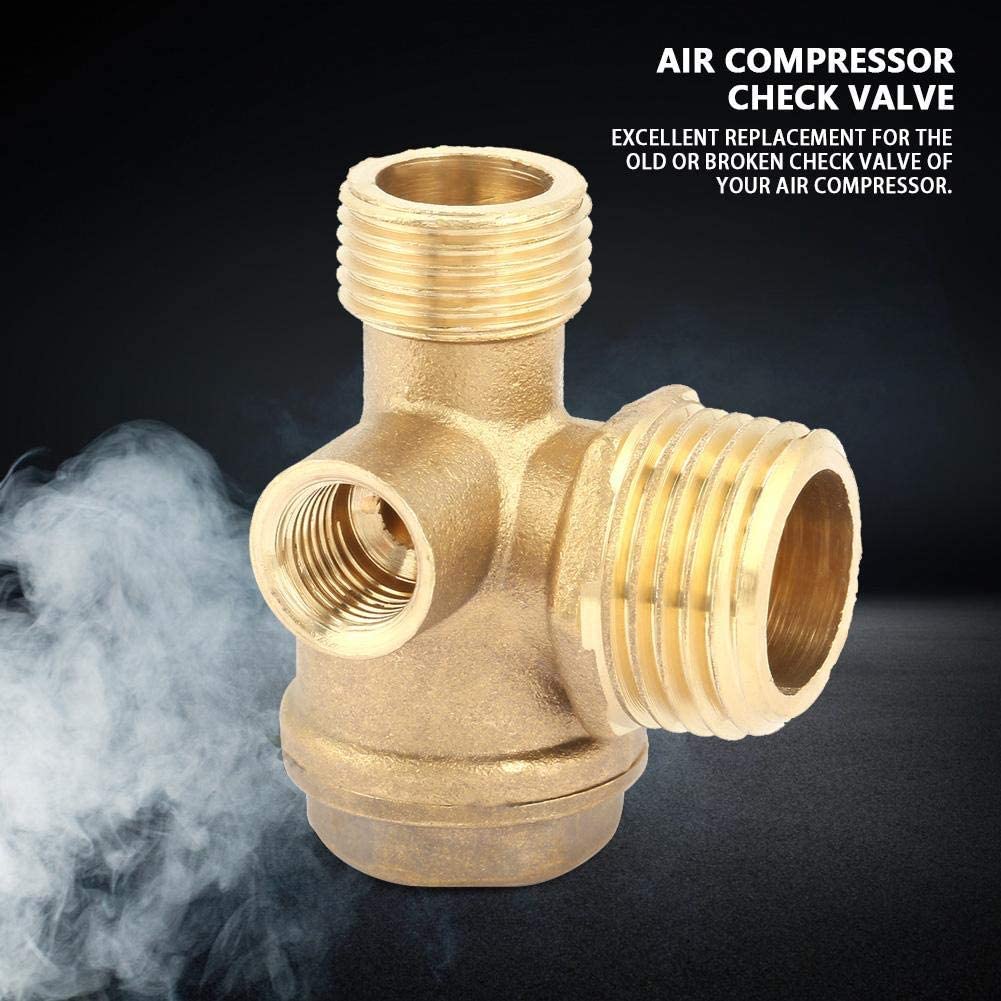
Table of Contents
What Is a Check Valve?
Check valves are considered as one of the most essential and important parts of the functioning of every air compressor. They are used in a number of types of reciprocating piston compressors and rotary screw compressors and some compressors can have more than one check valve.
The sole purpose of installing a check valve in an air compressor is to ensure thorough passage of air from only one direction and blocking the passage of air from another while discouraging any reverse flow of compressed air. This ensures that the compressed air doesn’t retract reducing the pressure enhancing the performance of air compressors.
There are numerous types of check valves, including but not limited to Diaphragm Check Valve, Ball Check Valve, Swing Check Valve, Wafer Check Valves and the more commonly used Foot Valve.
Signs of a Damaged Check Valve
Air leak is an obvious sign of a damaged check valve. This should be detected early to reduce the downtime of the air compressor system. One can test it by applying the specified amount of pressure on the check valve when the air compressor is active. If you notice any air leak while the air compressor is dormant, then this is the time for you to replace the check valve of your air compressor.
Reverse flow is also one of the more commonly found signs of damage in check valves.
Another way to check the health of the check valve is by measuring the fluctuation in air pressure differential. These fluctuations are the result of reverse airflow(even when it is programmed well). This reduces the air pressure and causes fluctuations in the operating pressure.
Functioning Of A Check Valve
Tank check valve for cracking pressure
In a running compressor, the compressed air flows from the pump head into the tank through the tank check valve.
The check valve ensures that the compressed air has no way back so that pressure is maintained. The only way the compressed might leak is through the discharge coupler where the air hose is connected.
Over and above the check valve is an air line that goes through to the pressure switch and into the unloader valve.
If the compressor reaches the cut-out pressure and stops due to the tripping of the pressure switch, it lets the unloader valve open which allows any compressed air stuck over the piston of the compressor’s head into the atmosphere through another unloader valve.
For the unloader valve to work, an open line between the unloader valve and compressor head is needed.
As the unloader valve throws the compressed air outside in case of the air hose shutting down, all the compressed air would leak out from over the piston as well as from the compressor tank in absence of a check valve. This is why it is important to have a check valve to avoid any kind of leakage.
In case there is a dip in the pressure, the pressure switch relays to shut down and turns the compressor motor on and the compressor pressure switch closes the unloader valve to ensure that the compressor is running and the air is continuously being pumped into the tank.
If the air generated is above the cracking pressure point of the tank check valve, it opens to let the airflow into the tank. This cycle is repeated for continuous functioning.
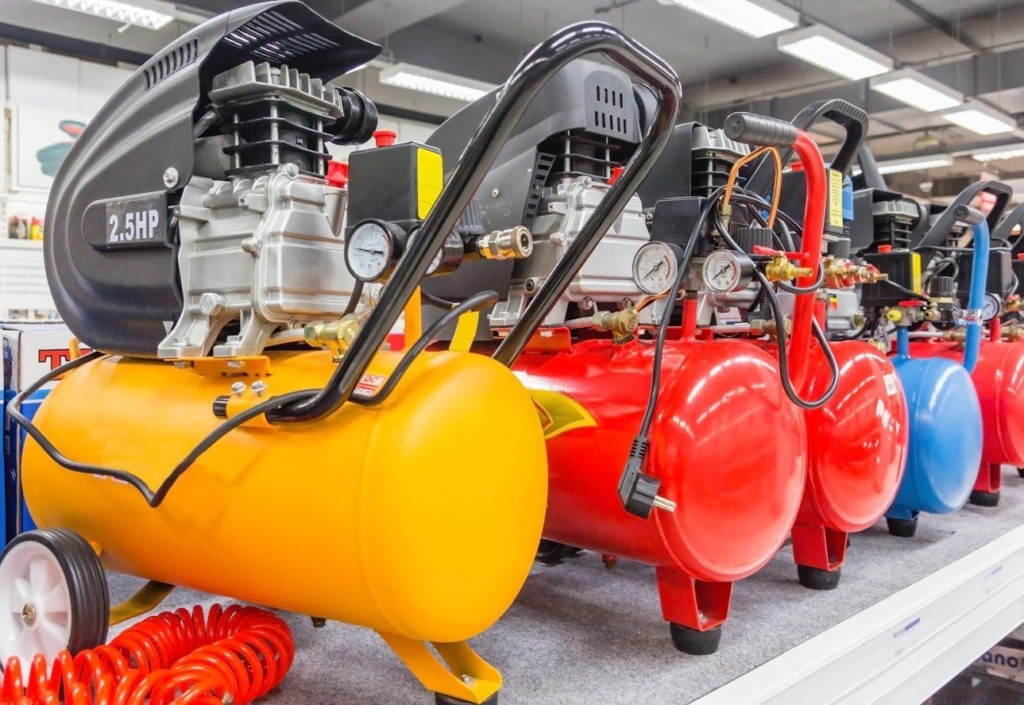
In-line check valve
The air from the tank flows into the air compressor through an in-line check valve, which is also a one-way valve.
The only way the air can leak is through the air-driven application installed towards the end of the air line.
Some in-line check valves also have a third port, usually used for inspection or if a discharge of air is required by the application.
Just like in-tank valves, in-line valves also come with a minimum cracking pressure that, when reached, pushes the valve open allowing the air to flow through it. This means that the air will not flow through the check valve unless the minimum specified cracking pressure is reached.
How To Test Air Compressor Check Valves?
Testing whether your check valve is functioning properly or not is a fairly simple technique. All you need to do is detach the check valve from the socket, and wipe out any debris from it. Next, blow some air through the check valve on port 1. If it is working properly, no air should pass through ports 2 and 3. If it does, there is an issue with the check valve that needs to be resolved. Thoroughly and carefully washing the check valve also helps in rectifying any issues with it.
Now that you are well aware of all the nitty-gritties of air compressor check valves, it is now time that you start looking at the exciting range of air compressors that we at Swift Equipment have on offer for you!
Right from finding the best-in-class equipment, to enjoying exceptional after-sales services, with our experts by your side, you can rest assured of it all!
Frequently Asked Questions About Air Compressor Check Valves
Why does an air compressor need a check valve?
Check valves are important for air compressors to work efficiently. Check valves to ensure there is no leakage in the system through the compressor pump or unloader valve. The air in a compressor should only move from the pump into the air tank and check valves to ensure that the air doesn’t flow in the wrong direction. The function of check valves is to ensure that the air pressure is maintained in the system.
Where are check valves installed in an air compressor?
Check valves are usually located as part of the pump headline fitting, although this may differ according to the make and model of an air compressor. For example, check valves are placed inside the piston head to control and airflow in a compressor cylinder in a reciprocating air compressor. On the other hand, rotary air compressors will have the check valves integrated into the inlet valve.
What components make up a check valve?
The body (housing), inlet/outlet ports, and a moveable disc make up a check valve. The disc opens to allow airflow in one direction and closes to prevent backflow. The check valve also has a valve seat that provides a tight seal against the disc to prevent backflow and a spring to help close the disc.
What kinds of air compressor check valves are there?
Check valves come in various types. Flapper check valves, ball check valves, pilot-operated check valves, swing check valves, and diaphragm check valves are some of the most typical types. Each of these kinds performs differently. You must select the right one based on your air compressor system’s requirements and flow conditions.
What is the check valve’s cracking pressure?
The cracking pressure is the minimal pressure needed to overcome internal resistance and open the valve for airflow. The check valve allows airflow in the desired direction upon reaching this pressure. The precise cracking pressure may vary from check valve to check valve, depending on its size and design.
How can I tell whether my air compressor’s check valve needs to be repaired?
If you notice that your compressor struggles to create pressure, takes longer to attain the required pressure, or that pressure drops down quickly after the compressor shuts off, this might be a sign of a faulty check valve.
Additionally, if you see air escaping from the compressor when it is not in use or hear a hissing sound close to the check valve, there may be a problem.
How often should the check valve be changed?
A check valve’s lifespan might vary based on its usage or operating environment, among other things.
It’s a good idea to frequently examine the check valve and replace it if there are any indications of damage or decreased efficiency. The check valve should typically be replaced every three to five years to guarantee optimal compressor performance.

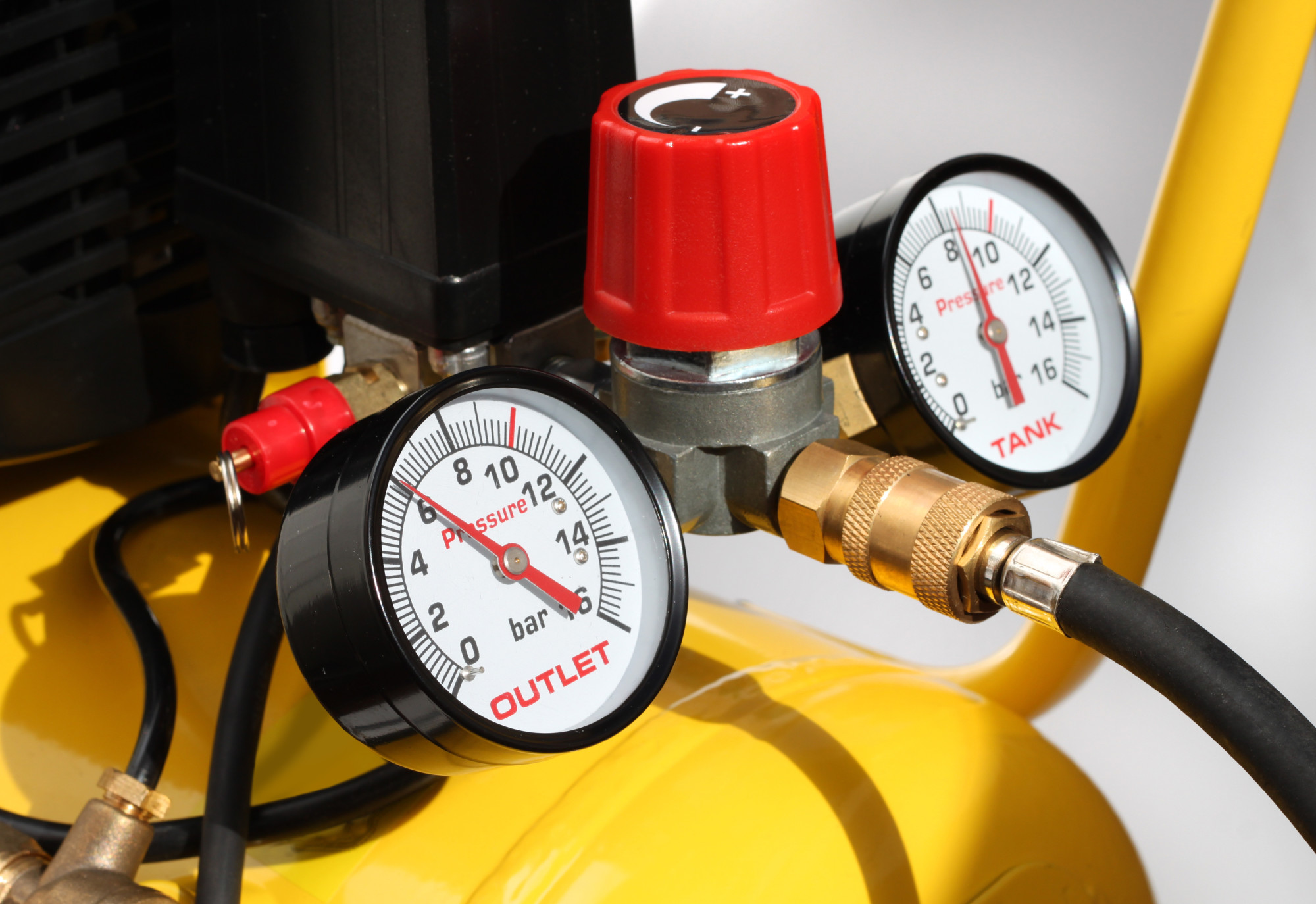
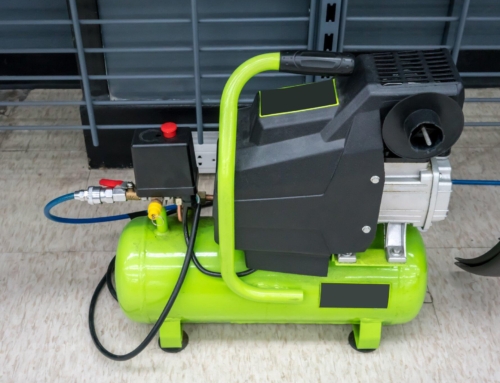
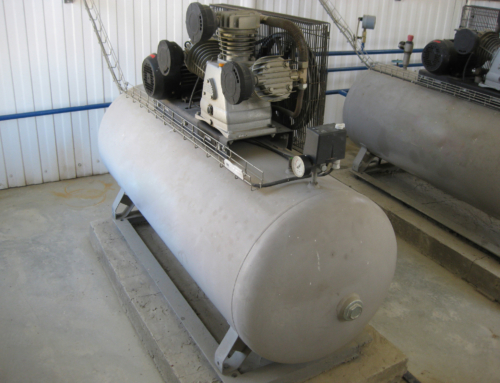
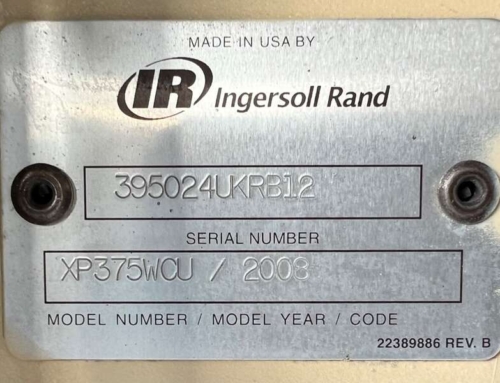
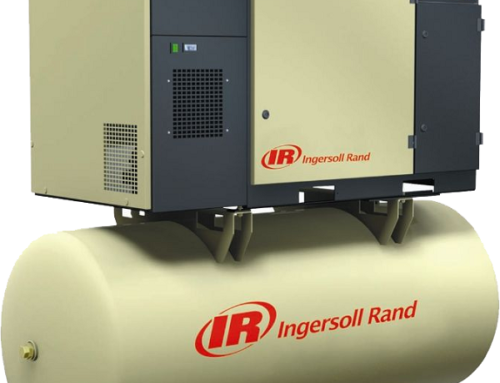
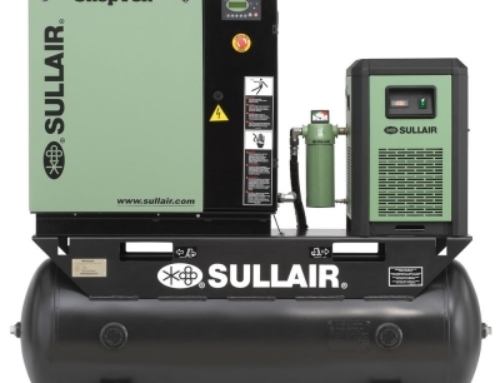
Leave A Comment